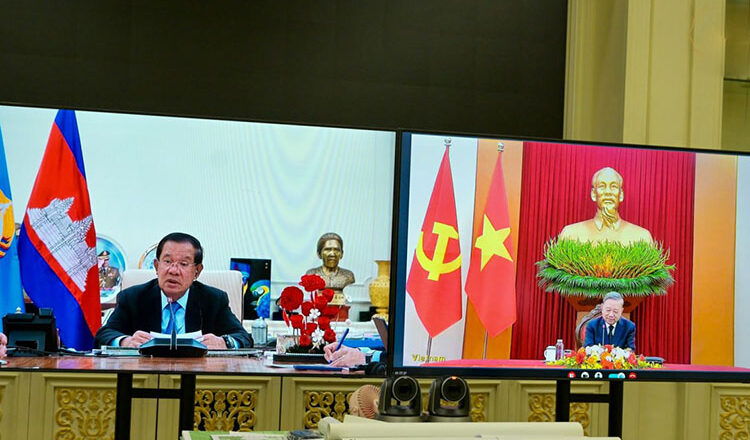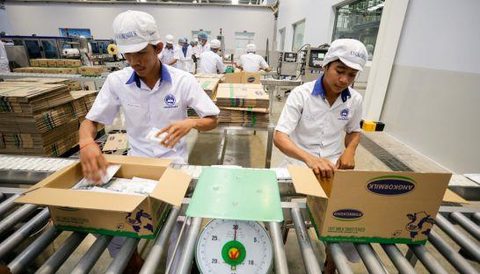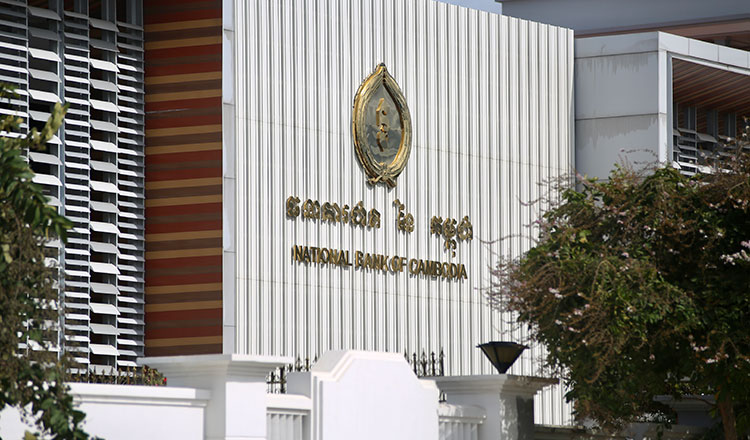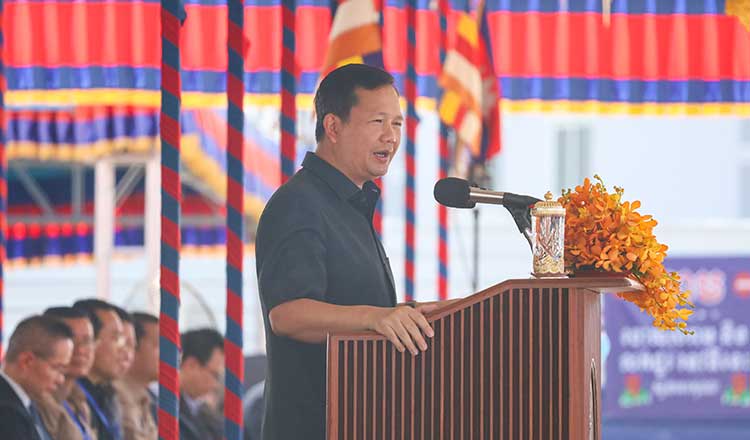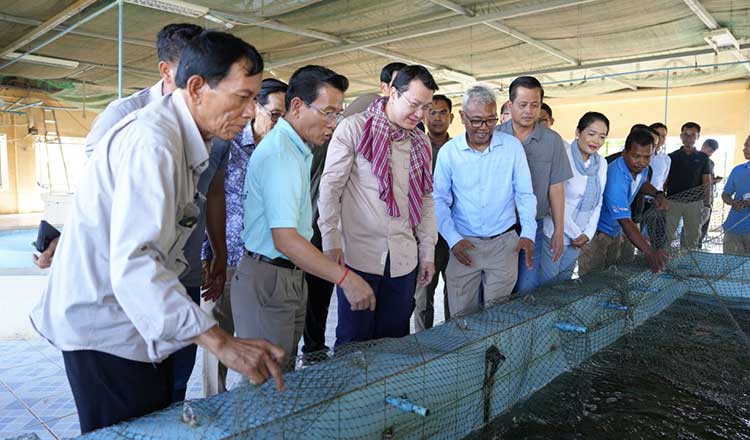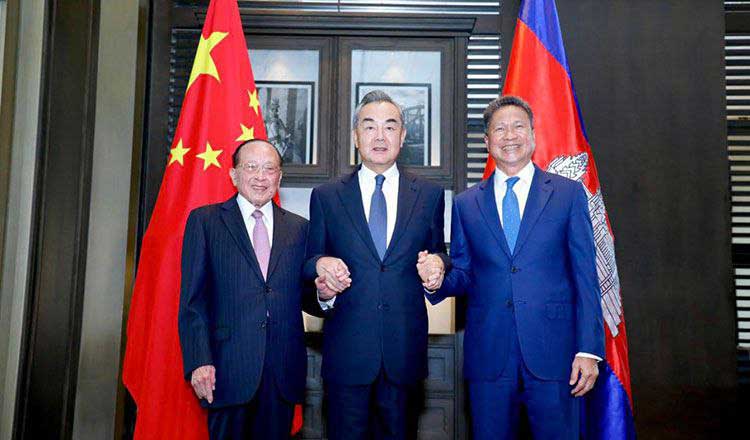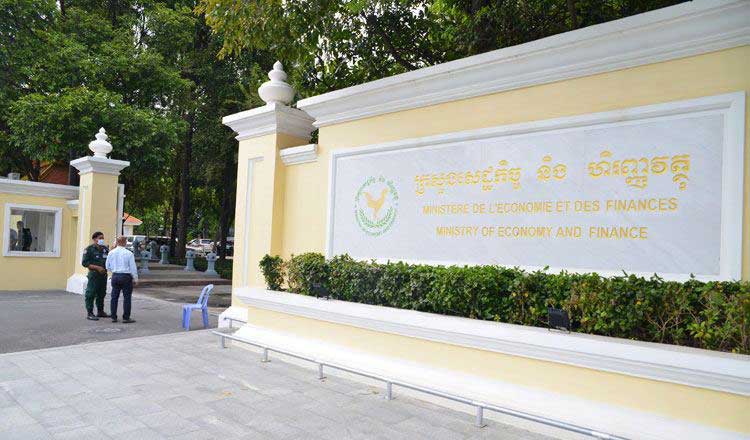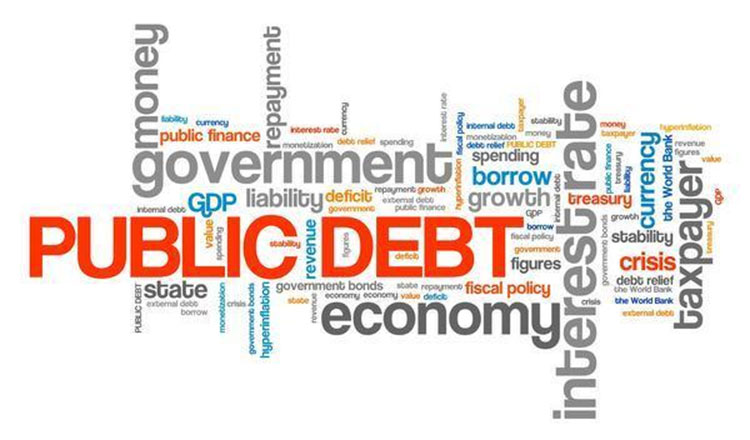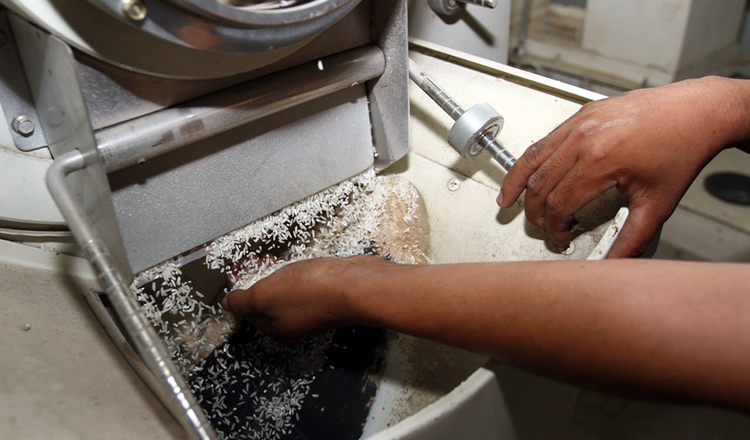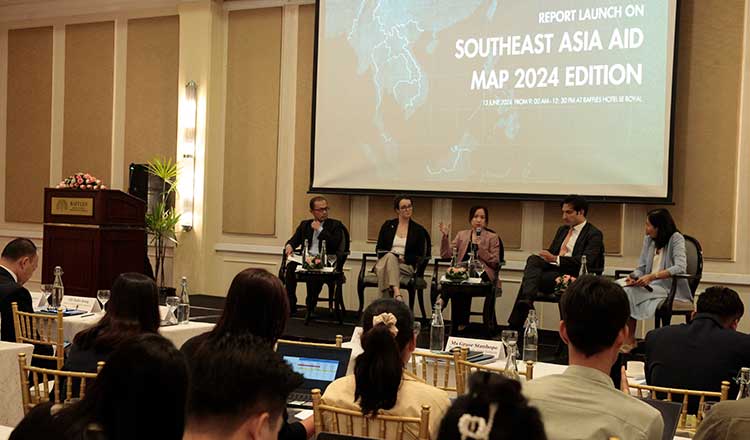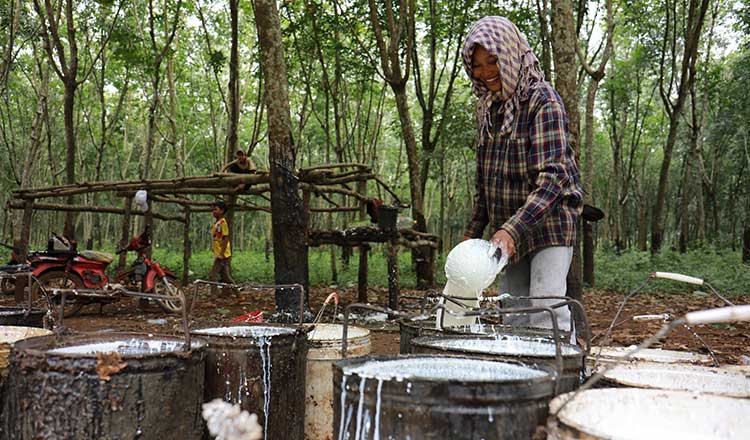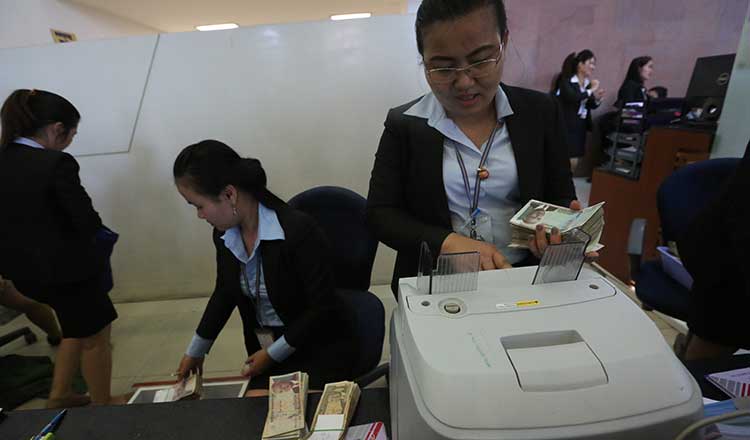Cambodia’s April budget sees 6% rise in expenditure to 2,806 billion riels
Cambodia’s April budget sees 6% rise in expenditure to 2,806 billion riels
Cambodia’s April budget saw a 6 percent rise in expenditure to 2,806 billion riels ($683 million) as the country spent more on its social security schemes, infrastructure and economic stimulus.
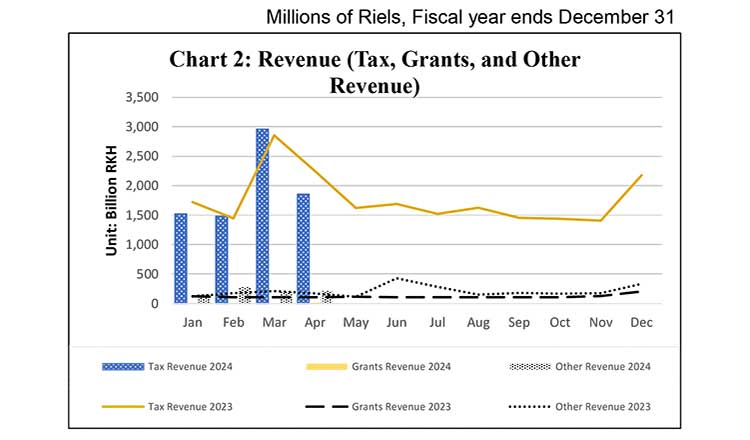
For April, the government’s expenditure of 2,806 billion riels ($683 million), formed 8.26 percent of the projected budgetary expenditure for the year. Of this, 1,977 billion riels ($480 million) went towards paying salaries of government employees, usage of goods and services, social security benefits, social assistance schemes, among others expenses. About 829 billion riels ($202 million) was spent by the government towards buying non-financial assets like land, buildings, vehicles, etc. Buying of non-financial assets went up by 163 percent compared to April 2023, indicating the government’s increasing investment into the country.
Analysts say the government’s increased spending towards social protection programs to support the poor and at-risk population in sectors like education, healthcare, will pay long-term dividends. “Social security spending is a must. Other positives I can see with higher expenditure is the govt increasing its investment in infrastructure projects such as roads, bridges, dams, drainage and sewerage system, etc,” said Dr Chey Tech, Social and Economic Development Expert told Khmer Times, adding, “The government’s also been implementing economic stimulus measures to boost the economy.”
The World Bank, however, felt the government need not further hike salaries of government employees. While noting that Cambodia pays among the highest salaries in ASEAN compared to regional peers like Vietnam, the World Bank said, “Salary increase across the board has not contributed to improved performance.”
“A higher wage bill has the potential to crowd out necessary resources for critical public investment projects,” warned the World Bank.
Given Cambodia saw a 6 percent increase in expenditure to 2,806 billion riels ($683 million), while revenue declined 17 percent to 2,090 billion riels ($508 million) – the country reported a fiscal deficit of 716 billion riels ($173 million) in April.
In its April report, the government said, “The budget execution in April has a 716 billion riels ($173 million) deficit. The budget execution in the four months of 2024 has an overall deficit of 2,108 billion riels ($512 million), while budget execution in the four months of 2023 had a surplus of 316 billion riels ($76 million).”
However, the government added that the “deficit is at a low pace state that is equivalent to 44.75 percent of the planned annual budget deficit.” The government also said some of this deficit was to increase purchases of assets in April.
Analysts say Cambodia is on track to lower the fiscal deficit this year. “However, it’s too early to say for certain. There are many factors can affect the deficit throughout the year; one the changes in government spending whether if unplanned expenditures arise later in the year, the deficit could increase,” said Dr Chey Tech, adding “other factors could include changes in government revenue higher than expected tax revenue or other income could decrease the deficit, and economic growth stronger could lead to higher tax revenue and a lower deficit.”
To finance its deficits in the past, the World Bank said the Cambodia government said it drew upon its fiscal reserves and borrowed from official creditors.
The World Bank said, “As a result, Cambodia’s outstanding public debt increased from 28.1 percent of GDP in 2019 to 33.7 percent of GDP in 2022 while its fiscal reserves (government deposits) declined from 21.7 percent of GDP to 17.8 percent of GDP over the same period.”
The World Bank also said, “Rising demand for public expenditures will continue to put upward pressure on the government’s budget for years to come.” Unless the government increases its tax revenue collections substantially.


